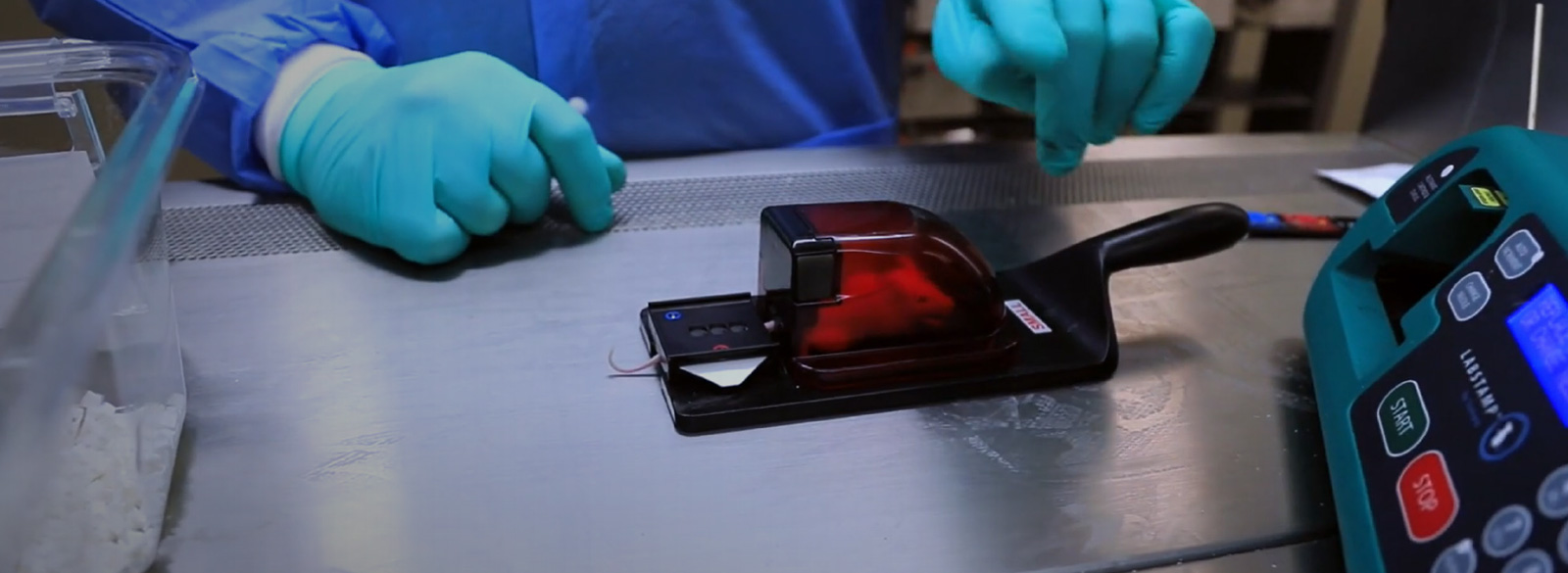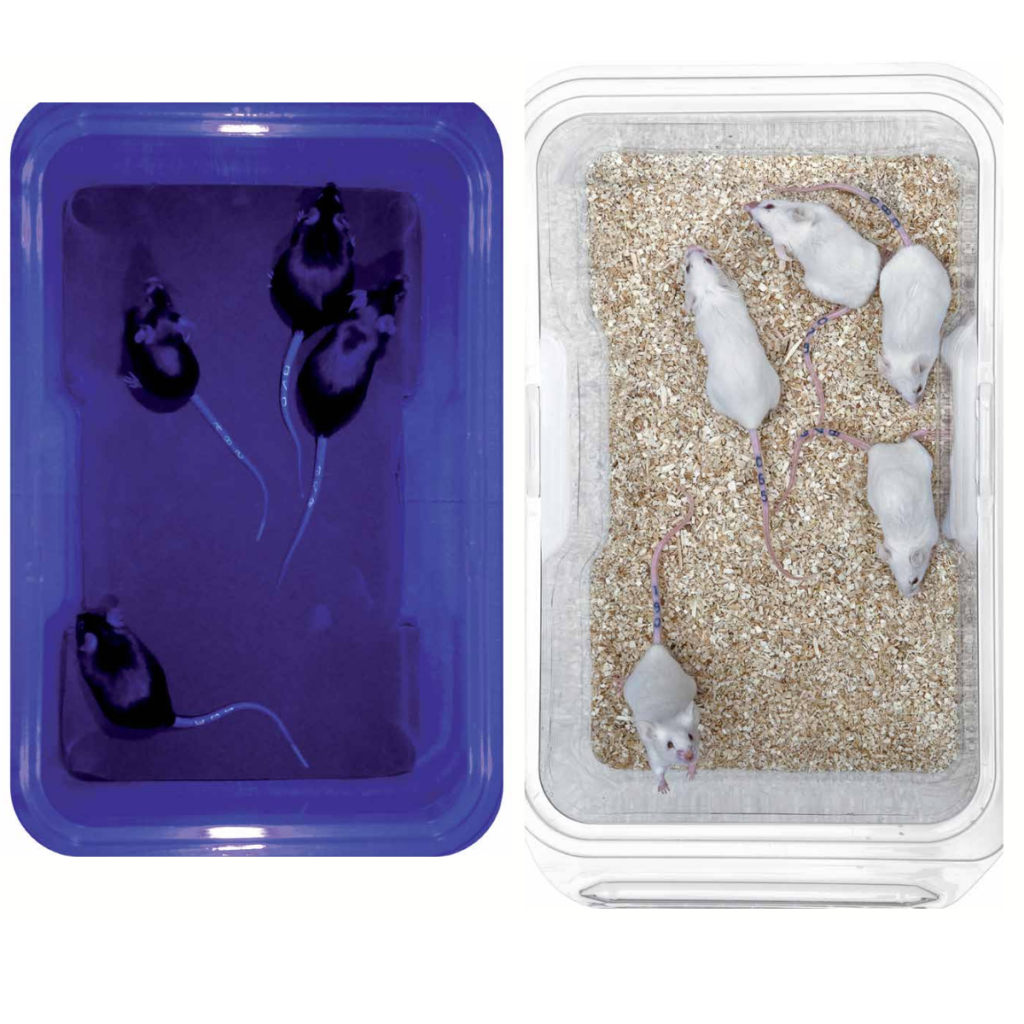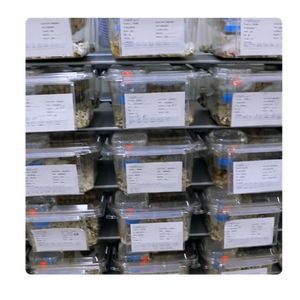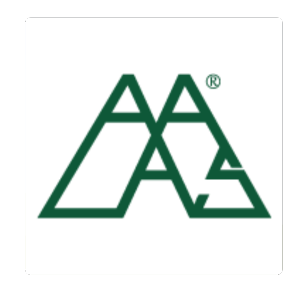
APPLICATIONS
Efficient laboratory animal management starts with identification
APPLICATION
Laboratory Animal Management
As well as the accurate identification of study subjects in a preclinical research program, there are a number of fundamental processes and workflows which ensure the accurate management of lab animals.
The core principles of laboratory animal management are known worldwide, and expectations are in place to safeguard the well-being of animals, particularly research rodents, as well as the reliability of experimental results.
Management by definition accounts for a variety of aspects of the treatment of the subjects, as well as rigorous validation of the processes they’re involved in in order to maintain an effective preclinical study.
This wider application of the Somark products is the reason we went above and beyond during our product development phases. As a result, we have produced two innovative identification products that take the permanent ID and RFID methods to new heights by streamlining the entire laboratory animal management process. They integrate with various aspects of the regulatory framework Facilities Managers and Technicians are expected to abide by.
How do you manage laboratory animals?
Effective management of laboratory animals can be simplified into 8 core pillars, these include:
1. Animal welfare regulations and expectation
2. Considerate husbandry
3. Study environment and housing
4. Unique identification
5. Record keeping and data management
6. Behavioural management and assessment
7. Training and education of personnel

8. Ongoing colony monitoring
Through the evolution of the three Rs of laboratory animal management, researchers across the globe are working towards the replacement of lab animals where suitable. Until this is achievable through next-generation cell-based assays and other routes which are still in their R&D phase, the sector is committed to the reduction and refinement of their use.
Somark is pioneering the identification methods available to preclinical research organizations and institutes helping them to achieve a reduced quantity of animals required for their program as well as refining the processes surrounding them. This is achieved through reduced handling, minimized animal stress, improved overall welfare and mortality rates, as well as more accurate research data collected which overcomes to need to conduct further studies and assessments.
How to maintain lab animals:
With rodents making up a whopping 95% of the species used in laboratory research during preclinical drug development, maintaining appropriate and effective management not only protects study subjects but also research progression.
Perpetuating efficient control over lab animals for the lifetime that they’re on a study aligns with these core fundamentals:

Record keeping
Simply put, accurate and detailed record-keeping is essential for tracking individual study rodents, the experimental procedures they’ve undergone and their health status. This information is critical for ensuring the integrity and reproducibility of research findings but also accounts for ongoing monitoring of the lab animals.
Husbandry
By implementing sound husbandry practices alongside other core fundamentals of laboratory animal management, researchers can maintain high standards of care and welfare for preclinical mice and rodents, ultimately supporting the integrity and validity of scientific research conducted using these animal models. Happy mice equate to strong subject data.


Environment and housing
Providing appropriate housing is crucial. This includes cages with adequate space, nesting materials, and environmental enrichment such as tunnels or chew toys to promote natural behaviours. Temperature, humidity, and lighting should be controlled to mimic natural conditions too.
Somark’s products have been designed to work in harmony with the environment in which study subjects are kept. This means maximized read distances and the ability to read both the tattoos and the RFID tags through materials such as glass and plastic.
Ethical and welfare preparations
Adhering to ethical principles is paramount in laboratory animal research. This includes obtaining appropriate approvals from institutional animal care and use committees (both our products are IACUC certified) and minimizing pain and distress
One standout application process difference between both Labstamp and Digitail and the other identification methods on the market is the lack of requirement for anesthesia.
Through a highly competitive needle gauge and 30 seconds or less application times, Somark’s development team have accounted for the most humane application of tattoos or tags. Both of which can be applied with the use of safety restraints to rule out excessive handling.

Training and education
Personnel involved in animal research should receive comprehensive training in animal handling, experimental procedures, and ethical conduct. Ongoing education ensures that staff are equipped with the knowledge and skills necessary to maintain high standards of animal care and welfare. With Labstamp and Digitail in particular, we have developed a portfolio of resources and how-to guides to ensure accurate training support in both identification methods.
We have also designed both approaches to be compatible with the experience of even the most novice technicians. With many other RFID tags and tattoo processes requiring a more authoritative lab employee to be present during the application, we’ve ensured that valuable technician time is not wasted on mundane responsibilities.
Somark is also happy to provide training and demonstrations to any of our customers, we have a variety of resources available online!
Accurate identification
Arguably an umbrella requirement of lab animal management, the identification process deployed within a preclinical research program is pivotal in achieving effective management.
The method opted for is often dependant on colony size, funding, budgets, study length and much more. Essential for monitoring, tracking, behavioural analysis, health monitoring, disease control and extensive record keeping, identification can be propelled using our products.

The benefits of using Somark for laboratory animal management
As mentioned, both our laboratory animal identification methods are designed purposefully for the preclinical research lab. Their usage comes with several features and benefits:
Integrated – Digitail and Labstamp can be combined to provide an effective visual and digital identification approach. With LinkTo, our opted-for platform integration tool, we have not yet identified any lab system the ID information cannot be automatically transferred to. This includes colony systems and research applications including Excel.
Compliant – Less invasive application has helped us to achieve numerous IACUC and ethical approvals, including being ISO 18000-6c compliant.
Tried & tested – Somark has partnered with some of the largest CRO and pharmaceutical businesses across the globe to deliver Labstamp and Digitail, this including Charles River Laboratories, Jackson Laboratories, Merck and more. We have also worked with 300+ research organizations across 15 countries to deploy the world’s smallest RFID tag or an automated tail tattooing system, (or both) into various research studies!

